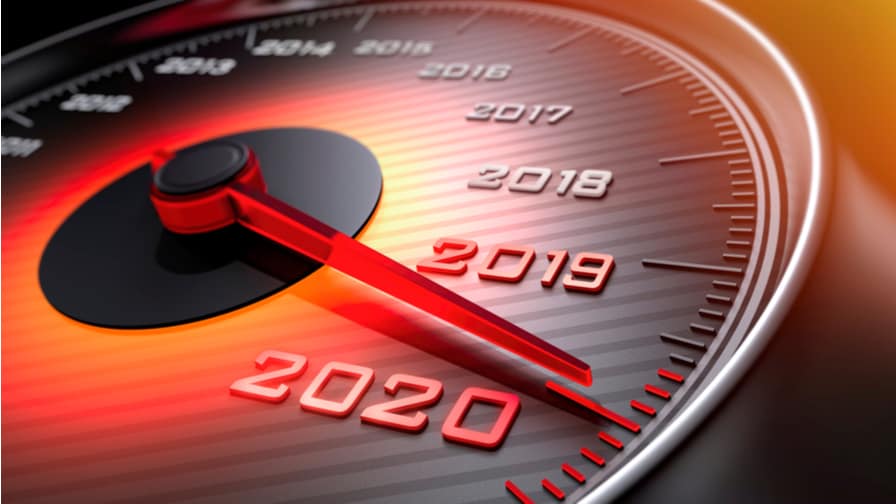Budgets are drifting from traditional channels to digital with almost two-thirds of UK ad spend to be online by 2020. Digital is obviously cannibalising traditional channel budgets but how does performance fit into the equation?

Ad spend will continue to hit the headlines, with digital taking an ever-larger piece of the pie, but as we move into the next decade the interesting question will be what we do with this portion of the budget. Especially as we transition into a new year, businesses will be reassessing spend, evaluating both marketing tactics and channels to determine where budgets are being utilised in effective and accountable ways. Performance is fundamental when planning for the future – it’s the way to justify digital’s increasing spend in times of uncertainty.
How has the modern consumer impacted the direction of advertising?
JS: Consumers have massively moved away from traditional platforms, meaning the ads they see have had to evolve. TV, for example, used to take the biggest chunk of ad revenue before consumption shifted. It wasn’t that long ago we used to simply sit back and watch TV without being distracted – the advent of the iPhone in 2007 dramatically changed that. Ads no longer have their audience’s undivided attention, with many choosing to skip them or pay for the privilege of not even seeing them. The challenge for brands now is making sure their ads are relevant and contextual – the way to engage audiences has gone from push to pull. Not only is the consumer’s time spread thinly across many different touchpoints, devices, and locations throughout the day, attention spans are decreasing and advertisers must fight for engagement.
The true jeopardy for businesses is that if they’re not relevant on device and location, the consumer will simply go elsewhere. There has been such a dramatic shift in such a short space of time, but this trend will continue into the next decade. Marketers must truly understand the consumer and consider external influences to drive activity through the funnel, without missing vital touchpoints that will differ not only from consumer-to-consumer but potentially on a minute-by-minute basis to suit today’s location-agnostic consumer. This is where performance marketing comes into play.
Has the industry kept pace with its understanding of what performance marketing means or are there common misconceptions?
JS: Simply put, no it hasn’t.
Performance marketing is often misconceived in the digital advertising industry as “just search” or “only bottom-of-the-funnel marketing”. There is so much that can be done throughout the funnel, which is often overlooked by marketers. Brands can migrate the consumer through the funnel and track, measure, and optimise all activity as they drive people towards conversion.
This approach offers increased flexibility and enables advertisers to grow engagement as they interact with the consumer. However, what’s truly valuable is the ability to track the efficacy of every single penny, which provides increased accountability of ad spend and is especially beneficial when budgets are squeezed.
Where does performance go next?
JS: Those of us in the performance business need to take responsibility for changing the perception of performance marketing and raise awareness of its capabilities. By increasing our share of voice and discussing what performance marketing really is we can better communicate its value and why brands should allocate more budget towards it. Performance is an outlier of media budgets, you know exactly what you’re getting for your money – it provides transparent, accountable, return on investment – and so marketers should look at this aspect of their budget in a different way.
As the consumer becomes more connected, data points are expanding and providing marketers with more opportunities to attribute correctly. Entering the new decade it’s important to establish a real connection with the consumer by ensuring a brand’s attribution framework connects to its business. Marketers need to take it back to basics and hone in on the value of performance, to think differently about how to spend budgets – whatever the platform of choice – in 2020.

